Everything on model trains, model railroads, model railways, locomotives, model train layouts, scenery, wiring, DCC and more. Enjoy the world's best hobby... model railroading!
Smart Ways to Plan Loops on Your Model Railroad
Alright, let’s talk loops. If you’re anything like me, you could happily sit back and watch trains circle around a layout for hours. It’s relaxing, it’s fun, and honestly… it’s part of the magic of model railroading. But here’s the thing: planning those loops takes a bit of thought if you want smooth operation and a layout that looks realistic rather than toy-like.
Here are some solid ideas (and a few important tips) to help you make the most of loops on your railroad.
- Continuous Running or Point-to-Point?
Decide up front if you want endless running or operations between two terminals. Loops are great for watching trains roll, but they take space. - Oval or Dogbone Simplicity
An oval is easy, but a dogbone adds length and interest without extra wiring headaches. - Handle Reverse Loops Carefully
They’re fun but need special wiring or an auto-reverser if you’re using DCC. - Try Stacked Loops
Running one loop above another makes your layout feel bigger, but keep grades gentle. - Hide Loops Behind Scenery
Tuck loops behind mountains, buildings, or trees. It creates mystery and staging options. - Use Broad Curves
Broader curves look better and reduce derailments, especially with longer cars. - Plan for Access
Always leave a way to reach hidden sections. A derailment you can’t access = frustration.
Bottom line? Loops can be as simple or as complex as you want. With a little planning, and some clever scenery, you’ll avoid the “toy train around the Christmas tree” look and create something that feels like a real railroad.
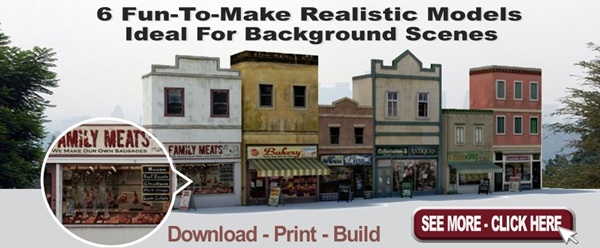






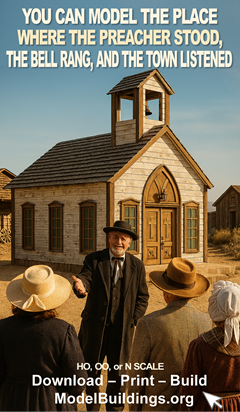
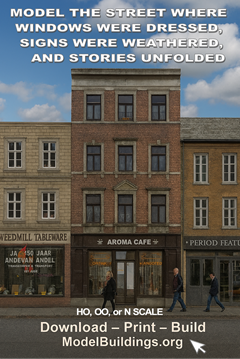
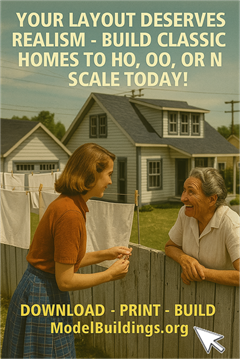
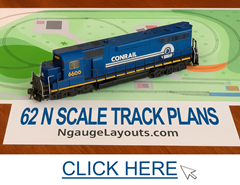
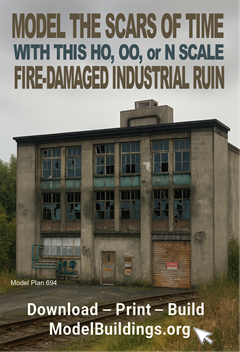
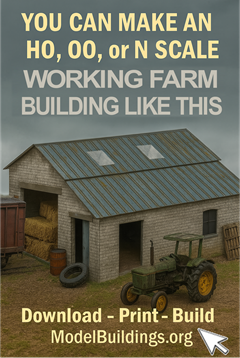
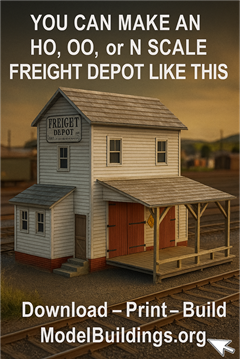
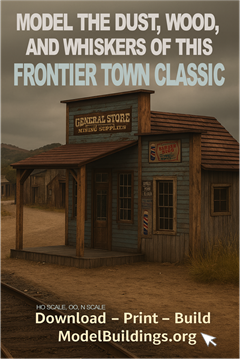
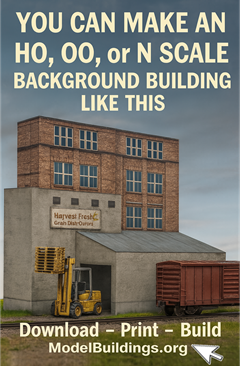
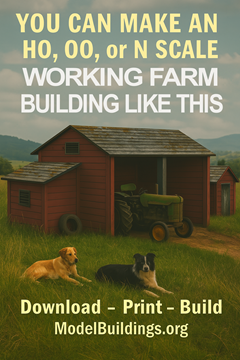
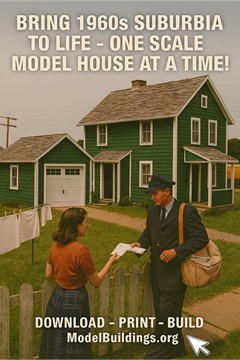
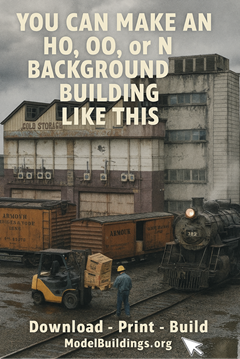
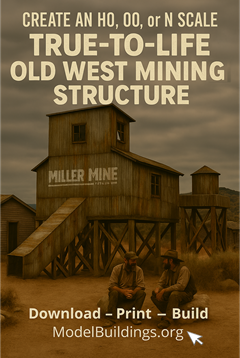
Leave a Reply